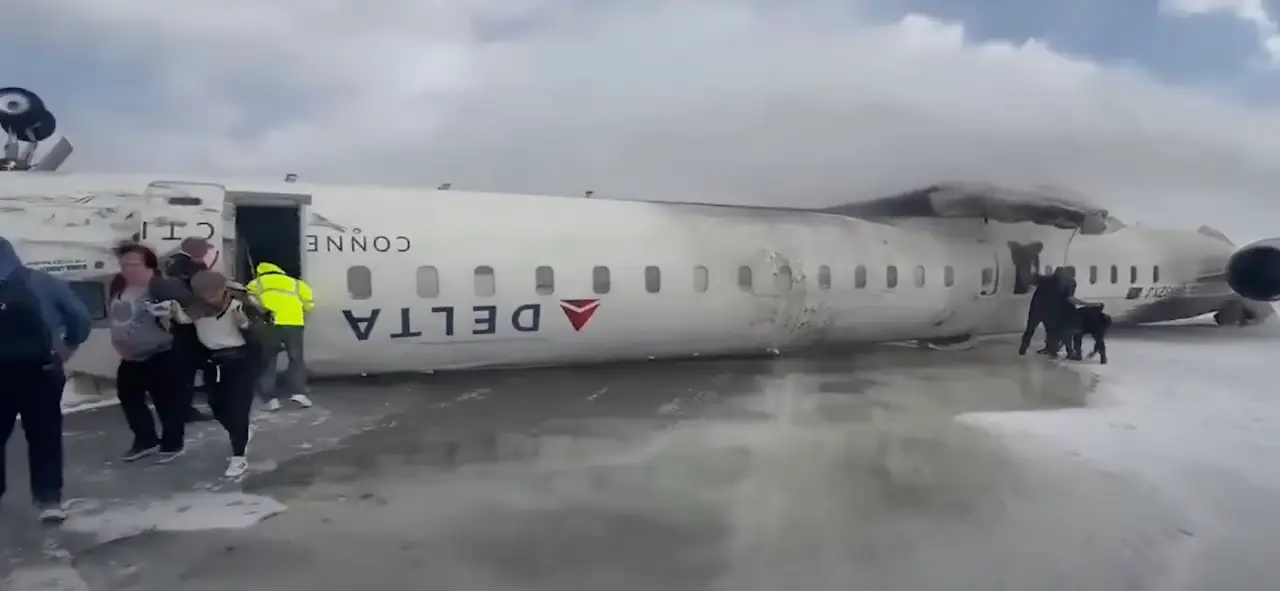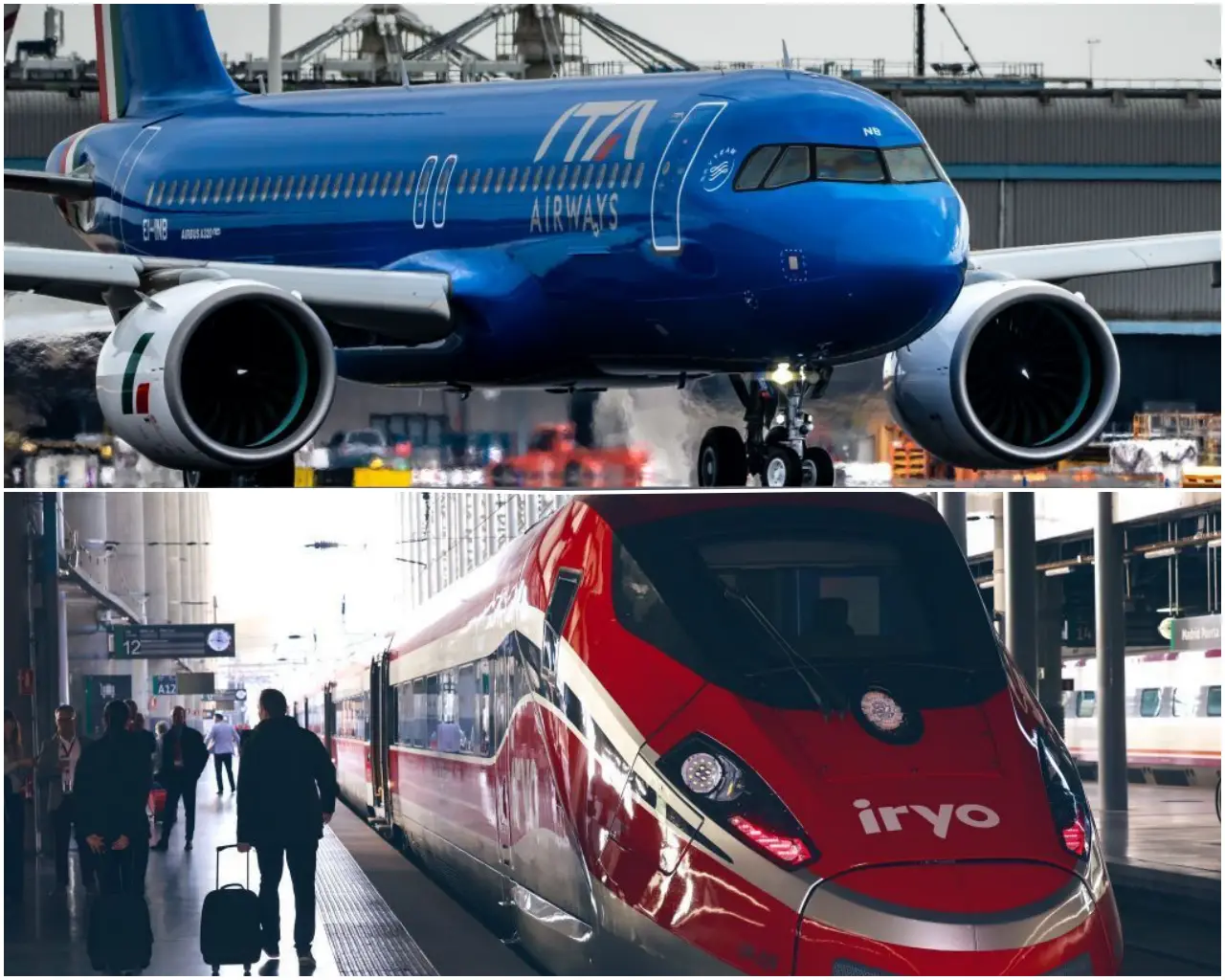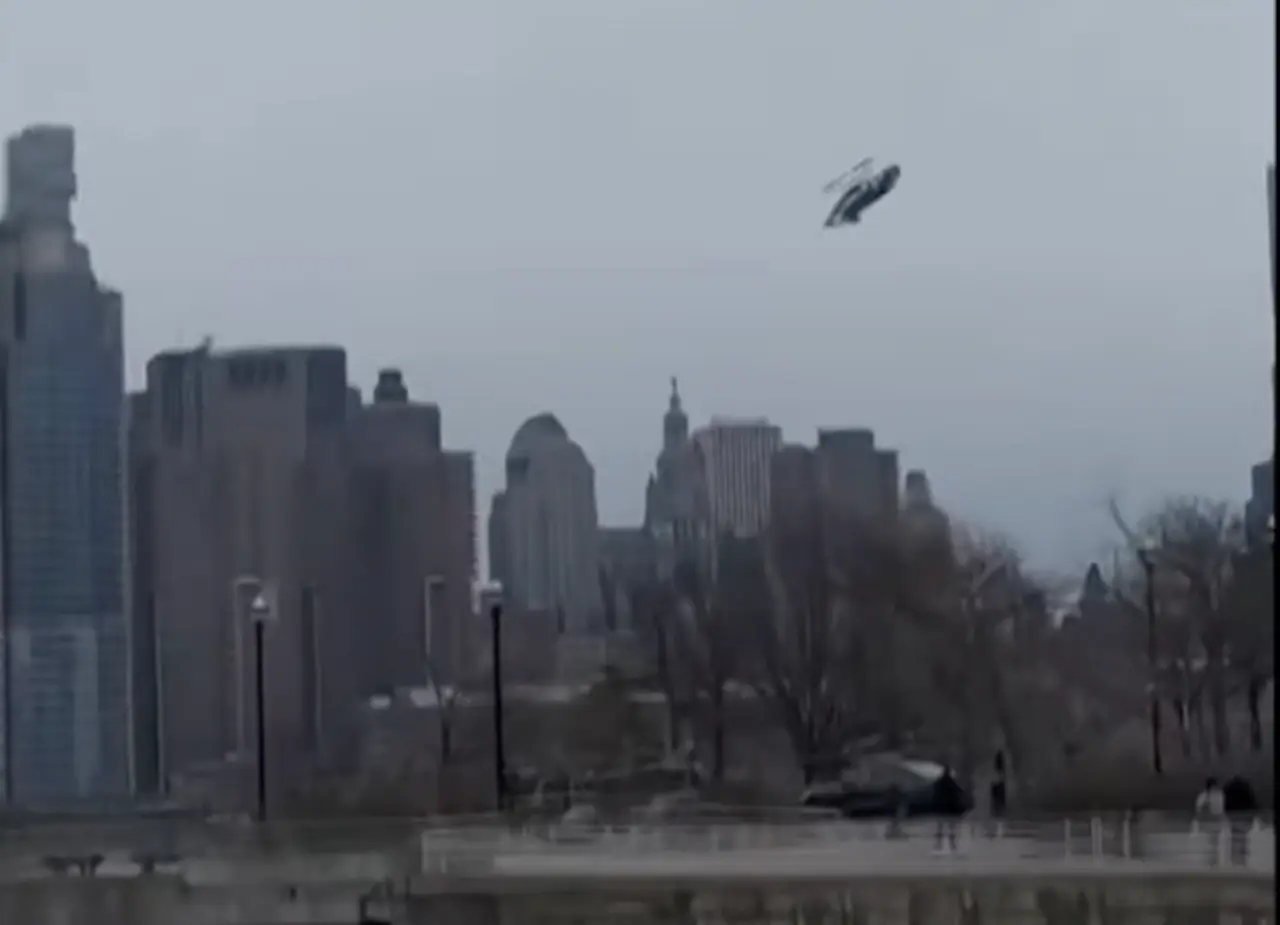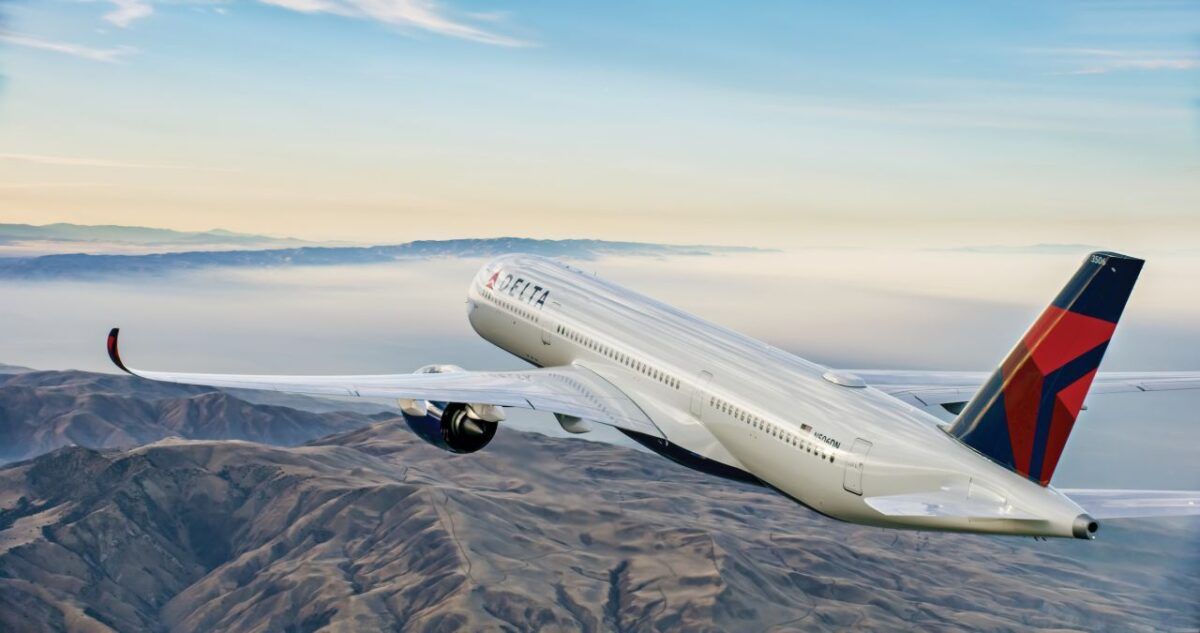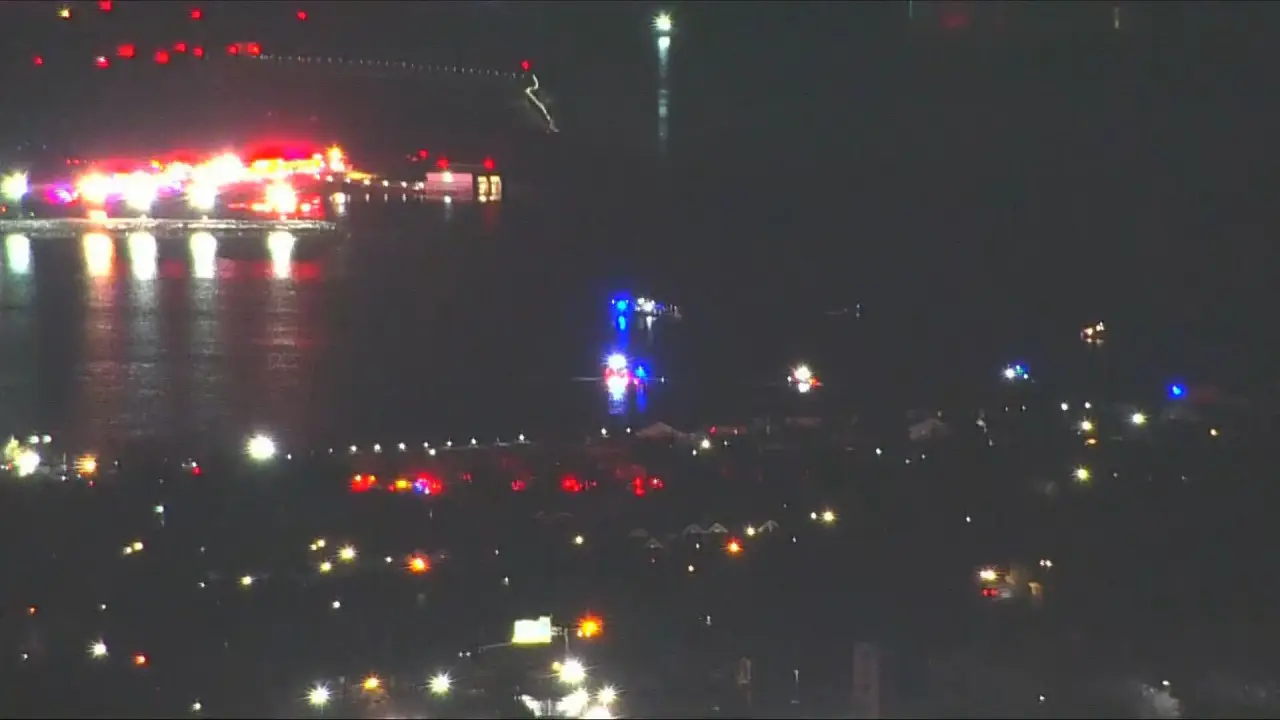The Delta Air Lines regional flight, operated by Endeavor Air, overturned upon landing at Toronto Pearson International Airport on February 17, 2025, leaving 17 passengers injured, three critically.
The flight, identified as Delta 4819, departed from Minneapolis with 76 passengers and 4 crew members onboard. As the Bombardier CRJ-900LR touched down, a powerful gust of wind caused the left landing gear to slip off the runway, triggering a chain of events that led to the aircraft flipping upside down.
Toronto had just emerged from a historic winter storm that dumped 22 cm of snow on the city between February 13 and 16. Although snowfall had ceased by the time of the accident, the combination of -9°C temperatures, westerly winds at 60 km/h, and gusts reaching 65 km/h created hazardous conditions. Despite anti-icing treatment on runway 05L/23R, the crosswinds proved too strong for the regional jet’s narrow-gear design.
Tower recordings revealed that air traffic controllers warned the crew of possible wake turbulence from a preceding Boeing 787. Witnesses and data from the Flight Data Recorder (FDR) confirmed that during the landing flare, a sudden gust forced the aircraft off course. As the left gear hit compacted snow, the plane skidded for 47 meters before the right wing struck a 1.8-meter snow mound, causing the jet to roll completely in just nine seconds.
The plane’s inverted position shocked both passengers and rescuers. Video footage from passengers quickly surfaced online, showing the harrowing moments as travelers hung upside down, strapped into their seats. Despite the chaos, all passengers evacuated through the plane’s emergency exits within 2 minutes and 17 seconds, meeting the FAA’s 90-second evacuation requirement.
Ornge air medical services responded swiftly, transporting critically injured passengers, including a 4-year-old child, to SickKids Hospital. Minor injuries ranged from fractures to psychological trauma, while two crew members suffered cervical injuries due to inadequate restraint during the rollover.
Investigators from Canada’s Transportation Safety Board (TSB) are probing multiple factors, including potential structural fatigue in the wing attachment points, which had endured 34,500 pressure cycles. The Cockpit Voice Recorder (CVR) revealed alarms from the rudder steering system seconds before impact, suggesting possible hydraulic failure.
Additionally, concerns over the spacing between the CRJ-900 and the Boeing 787 are under review. With only 4.3 km between them, the gap fell short of the required 8 km needed to avoid wake turbulence, especially in crosswind conditions.
In response, Transport Canada issued an Airworthiness Directive (AD CF-2025-02), mandating ultrasonic inspections for CRJ-900s with over 30,000 cycles, stricter crosswind landing protocols, and installation of LIDAR sensors at control towers for real-time turbulence detection.
The accident halted operations at two of Pearson’s runways, diverting 214 flights and causing an estimated $18 million loss for airlines. For many, the incident echoed previous rollover accidents like the UPS DC-8 crash in Birmingham (2013) and the Southwest 737 skid in New York (2018)—both linked to crosswinds and contaminated runways.
The CRJ-900’s susceptibility to directional instability on slippery surfaces has renewed debates about the design of narrow-gear regional jets. Experts, including John Cox of Safety Operating Systems, point out that the jet’s high center of gravity makes it vulnerable during extreme weather. The crew also reported that the autobrake system failed due to ice buildup, forcing manual reverser activation.
While all passengers survived, the accident underscores the need for updated safety protocols in an era of increasingly unpredictable weather patterns. As investigations continue, the aviation industry faces pressing questions: Are current safety standards enough, and how can technology mitigate weather-related risks in the future?

